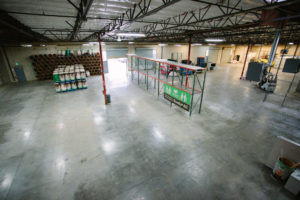 It’s no secret that the San Francisco-Marin Food Bank is constantly on the lookout for new ways to expand in order to feed more of our neighbors in need. We took one giant step in that direction with the purchase of a large warehouse in San Rafael in January 2018.
It’s no secret that the San Francisco-Marin Food Bank is constantly on the lookout for new ways to expand in order to feed more of our neighbors in need. We took one giant step in that direction with the purchase of a large warehouse in San Rafael in January 2018.
“This new facility is a game changer for us,” said Executive Director Paul Ash. “For several years, we have been looking for additional warehouse space that would enable us to continue growing our operations and serve even more neighbors in need. This new facility will enable us to do just that – to increase our food distribution, add more services, and engage with more Marin residents who wish to volunteer their time in our warehouse.”
Room to Bloom
The new building is 38,000 square feet, about three times as large as the Food Bank’s old warehouse in Novato. It includes a vast, wide-open warehouse, plus ample office space for the Food Bank’s growing staff and programs.
The Food Bank will move out of our leased facility in Novato at the end of March. Our Marin Shop Floor, where partner agencies visit to pick up fresh produce and groceries, will be up and running in the new warehouse in early April. In a relatively short time, the Food Bank expects to increase services and food distribution in Marin through the new facility. Another exciting benefit is considerably more space for volunteers and community events.
Marin Volunteer Program Temporarily Suspended
The only interruption expected by the Food Bank during the transition to the new space will be a temporary pause in the volunteer program in Marin. “We are already in the process of constructing a Volunteer Welcome Center and work space in the new building,” said Volunteer Services Manager Cody Jang. “We hope to invite all of our dedicated Marin volunteers – along with hundreds of new volunteers – into our new building in 3 to 6 months.”
Get the latest updates on Marin volunteering by joining our Marin Volunteer email list – click here to subscribe.
You can count Food Bank Board Member and Marin resident Chef Tyler Florence among those excited by all the possibilities. “One of my goals is to reach out to more young people, and really expose them to the issue of hunger in Marin County,” Florence said while touring the new facility. “I envision school kids taking field trips here, volunteering their time, learning and immersing themselves in the fight against food insecurity and food waste in their communities.”
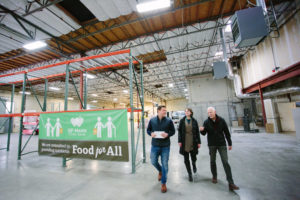
The building was previously owned by Food Bank supporter who not only sold the property at a favorable price, but who also made a generous donation to help facilitate the sale. Ash says that kind of generosity helps fuel the Food Bank’s mission to end hunger in San Francisco and Marin.
“We’ll need more of that kind of generosity to really feel the impact that a building like this can provide,” he said. ” Right now, we need to make $2 million worth of upgrades to get the new facility ‘Food Bank Ready.’ We will launch a capital fundraising campaign soon and asking the community to come together, give, and help make this dream property a reality property.”
Food Distribution Uninterrupted During Move
The good news is that even though the Food Bank is transitioning out of the old building and moving into the new building, services to Marin residents will not be impacted. Our Operations team will still be hard at work, as usual, building orders for the nearly 50 pantries operating in Marin, with the San Francisco team filling in when needed. The last time the Food Bank expanded was in 2011 when the San Francisco Food Bank merged with the Marin Community Food Bank. Since then, the amount of food distributed in Marin County has nearly tripled, from 2.1 million pounds to 6.1 million pounds.
 Hunger in Marin
Hunger in Marin
In spite of the phenomenal growth and success that the Food Bank has achieved since 2011, there still remains a substantial unmet need in Marin. The latest data from the Food Bank’s Missing Meals Report shows that Marin residents missed out on approximately 9 million meals in 2015, a significant meal gap that persists even with the food provided by government programs and nonprofits like us.
Media Coverage
Click here to check out all the local news coverage generated by the purchase of this our new building.


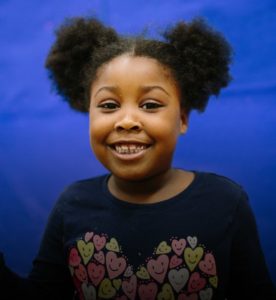
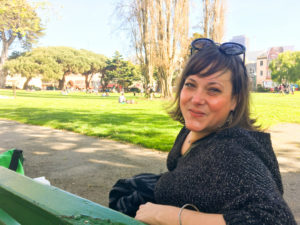 Bad luck and broken dreams
Bad luck and broken dreams It’s no secret that the San Francisco-Marin Food Bank is constantly on the lookout for new ways to expand in order to feed more of our neighbors in need. We took one giant step in that direction with the purchase of a large warehouse in San Rafael in January 2018.
It’s no secret that the San Francisco-Marin Food Bank is constantly on the lookout for new ways to expand in order to feed more of our neighbors in need. We took one giant step in that direction with the purchase of a large warehouse in San Rafael in January 2018.
 Hunger in Marin
Hunger in Marin
 There was plenty to see on Day One of the conference, but the highlight was a panel session that included Charles M. Blow, an Op-Ed columnist at The New York Times, and Fatima Goss Graves, president and CEO of the National Women’s Law Center. The conversation quickly turned into a back-and-forth on the complex intersection of institutional racism, our education system, income inequality – and how it all relates to food insecurity. When it was over, the panel received a several-minutes long standing-ovation.
There was plenty to see on Day One of the conference, but the highlight was a panel session that included Charles M. Blow, an Op-Ed columnist at The New York Times, and Fatima Goss Graves, president and CEO of the National Women’s Law Center. The conversation quickly turned into a back-and-forth on the complex intersection of institutional racism, our education system, income inequality – and how it all relates to food insecurity. When it was over, the panel received a several-minutes long standing-ovation.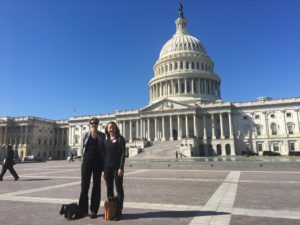
Share